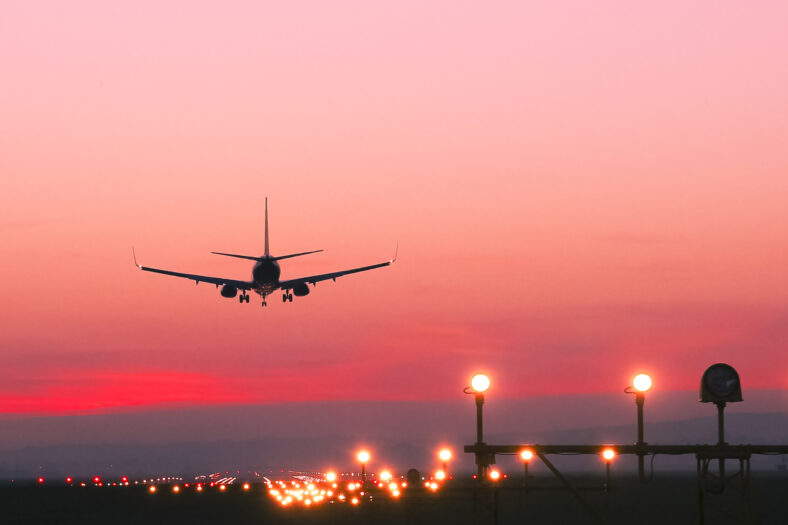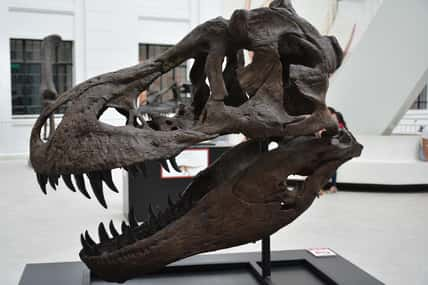
A new navigation system using cell phone signals could serve as an emergency alternative to the global position system (GPS) that pilots use in the case of flight equipment failure or malfunction.
There are 31 GPS satellites in operation that currently orbit the Earth twice each day. They emit precise signals that can be detected by receivers on the ground. The receivers can analyze how far away they are from the satellites and pinpoint a user’s exact location.
According to the Federal Aviation Administration (FAA), GPS is highly accurate to within seven meters 95 percent of the time.
However, it still has its issues. Around regions of conflict, GPS connections are not reliable because their signals can be jammed.
In addition, hackers can interfere with GPS signals so that pilots do not have the correct information about their location or direction of travel. Furthermore, GPS systems can just stop working altogether, putting everyone on board an airplane in danger.
“The impacts of losing GPS could be felt throughout society,” said Jennifer Sanderson, the lead author of the study and an electrical engineer at Sandia National Laboratories.
As a society, we use GPS for things like driving from place to place, landing an airplane, and timing stock market transactions.
Researchers from Sandia National Laboratories and Ohio State University carried out a project that aims to provide an alternative airborne navigation system.
It uses a floating receiver to detect radio waves from cell towers and communication satellites related to planes. Then, it uses that information to provide navigation data to pilots.

Sign up for Chip Chick’s newsletter and get stories like this delivered to your inbox.
The researchers attached antenna payloads to weather balloons and released them into the stratosphere, the layer of Earth’s atmosphere that is about four to 31 miles above the surface of the planet.
The payloads will sit between the towers and satellites to detect their individual signals. They could possibly act as an emergency backup if a pilot loses their GPS signals.
Right now, the researchers have to manually determine which satellites sent which signals based on the reference data that is available. Moving forward, they plan to work on creating algorithms so that payloads can automatically identify satellites.
“While we are still processing the flight data, we believe our preliminary findings indicate that we detected cell tower signal beacons at our peak altitude of about 82,000 feet,” said Sanderson. “If these signals are clean enough for navigation, it will significantly change what we thought was possible for alternative navigation.”
Previously, tests of the technology were performed at 5,000 to 7,000 feet in the air. The new project sent payloads up as high as 80,000 feet. If the payload can return navigational data from that high up, it could really benefit air travel.












